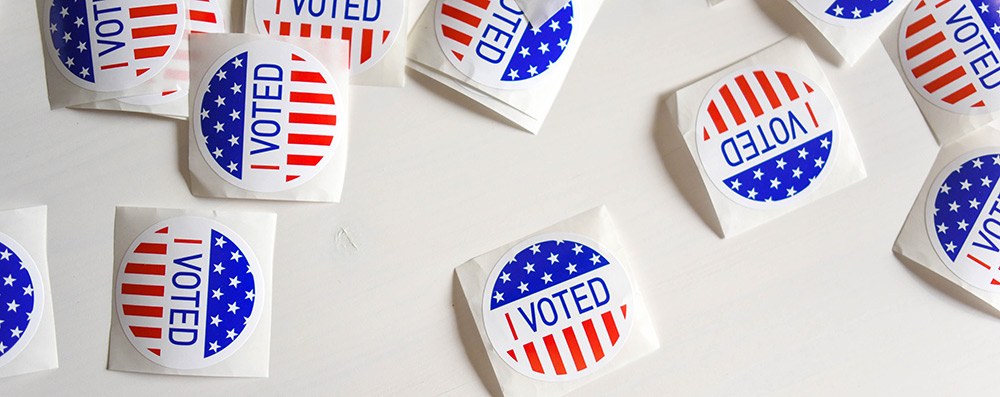Not too long ago, the daily news came from the newspaper dropped on my driveway each morning. Today, papers around the country are closing their doors as people find more immediate ways to get their news. Now that information is available instantaneously at our fingertips, newspapers are going the way of the dinosaurs.
Digital has definitely changed the game, and social media is playing a big role. Businesses now have teams dedicated to their social strategy; advocacy groups raise awareness of important issues through social media; even politicians use social media to reach constituents. These days, it seems like even government policy is sometimes set through a tweet.
In light of these seismic shifts to news and advertising, are print ads and direct mail for political campaigns headed for the same fate as my morning newspaper?
The money tells the story
Before you throw out the idea of using print advertising to reach voters in favor of a snappy tweet or a Facebook ad, take a minute to understand the benefits of targeting voters with printed materials.
Despite our obsessions for digital communication, The New York Times reported that spending on digital forms of advertising in the 2018 mid-terms came in at just 5% of a campaign’s budget. TV and direct mail accounted for more than half of campaign spending.
Why does direct mail still get so much attention in this digital age?
Because it works.
Not obsolete yet
Before you dump all your eggs into the digital basket, consider these five reasons printed materials should be a part of your campaign—whether you’re running for city council, the U.S. Senate or anything in between.
- Direct mail is an economical option. It can work for both the school board candidate and the next person running for president. There’s an option for nearly any budget, making it the easiest and most cost-effective way for a candidate to put their name in front of voters.
- Direct mail provides a level of targeting that doesn’t exist in TV ads. You can send direct mail pieces on specific issues only to potential voters that you know are interested in those issues. You can also personalize your message to voters by adding their name to the piece or speak specifically to an issue affecting a neighborhood or a specific population.
Geoffrey Skelley, political analyst at University of Virginia’s Center for Politics, told the Orlando Sentinel:
“The most effective way to reach a voter is to knock on their door. But second to that is using mailers. … It gives candidates a way to target their information to specific voters.”
- You can stand out from the crowd. The variety of options available to you when creating printed collateral is much greater than those available in online forms of communication. You can use color, texture and even smell on a printed piece, creating a tactile experience for potential voters that will help them remember you when they cast their ballots.
- Print creates a better connection than digital. Potential voters may not open an email blast or may skip over an online ad, but when a print piece appears in their mailbox – or you place it in their hands at an event – chances are those potential voters will at least glance at it. And, if you can catch their attention with good design and great copy, they’ll go on to read it, which allows you to tap into their emotions. And that can be powerful: A study by the USPS found that participants in the study had a greater emotional reaction to print advertisements than to other forms of advertising.
- Printed material lasts longer than digital options. Inc. reports that a person will spend about 30 minutes on average per day reading printed mail, but the average life of an email is only about 11 seconds. When you send a printed mailer, your potential voters will take the flyer or card in the house and may see it over and over again as it lays on a desk or countertop. Even if they never read the whole thing, the name recognition will help in the voting booth. That tweet or digital ad? Long gone.
In this digital age, online communication still should play an important role in your campaign strategy, but don’t discount the benefits of printed materials. This dinosaur still has some life left.
Dan Woehrman is owner of Callender Printing, offering full-service printing capabilities – including letterpress, offset and digital – with union craftsmen quality. Share your thoughts on Facebook or on Twitter @CallenderPrint.


Recent Comments